Indian Almond Leaves (10 Leaves Pack )
Original price was: ₹150.₹50Current price is: ₹50.
Description
Indian Almond Leaves: How To Use In Aquariums (Pros & Cons)
Maintaining an aquarium full of fish is more than just adding some food pellets and calling it a day. You can do many things to improve the quality of the water, and consequently, make your fish happier, healthier, and feeling more at home.
Indian almond leaves have proven to be quite beneficial when added to aquariums. You may not realize it, but these leaves can greatly impact the quality of the water in your tank.
In this guide, we’ll walk you through everything you need to know about Indian almond leaves, their perks, and how to use them, so let’s get started right away!
What Are Indian Almond Leaves?
Indian almond leaves grow on Terminalia catappa trees that come from the leadwood tree family. These trees are native to Australia, Asia, Madagascar, and the Pacific, but they’ve recently been introduced to the Americas.
Fish keepers use Indian almond leaves for a variety of reasons, most common of which are pH level lowering and their antifungal and antibacterial properties.
It’s also worth noting that Indian almond leaves are highly favorable for shrimp and betta fish tanks.
Pros & Cons Of Using Indian Almond Leaves In Aquariums
Before we get into the details of how and why you should give Indian almond leaves a shot, let’s take a quick look at some of the pros and cons of using Indian almond leaves.
Pros
- Lowers pH levels
- Creates a dark environment for blackwater fish to breed
- Have antibacterial and antifungal properties
- Helps induce breeding
- Can be used as a food source for fry or small fish
Cons
- The brownish color may make your aquarium look less appealing (however some people love this natural look)
- Can be bad for fish that prefer high pH levels or hard water
- What Do Indian Almond Leaves Do In Aquariums?
- There are a plethora of benefits to adding some Indian almond leaves to your aquarium, which include:
1. Lowers PH Levels
For starters, Indian almond leaves can be an excellent way for you to naturally lower the pH levels of your aquarium. Depending on the fish species you have, you’ll need to keep the pH levels of the water within a specific range to keep them healthy and resemble their natural habitat.
The key to maintaining your aquarium is to stabilize your water parameters because fluctuating water parameters can be lethal to your fish. Almost all fish species are accustomed to constant water parameters in their natural habitat, and frequent changes will just make them sick and may even cause them to die.
Indian almond leaves will help you reach and maintain the right pH levels for your fish to flourish!
2. Have Antifungal And AntiBacterial Properties
The antibacterial and antifungal properties of Indian almond leaves are the number one reason why you should add them to your aquarium in the first place.
Once you add a suitable amount of Indian almond leaves to your aquarium, they’ll act as a natural remedy for your fish to cure any infections they might have.
One of the most common illnesses among fish communities is fin rot, which, as its name implies, gradually causes the fins of your fish to rot. In most cases, Indian almond leaves will help your fish get rid of it unless it’s an extreme case where the fin rot has turned into a full-body rot.
And it doesn’t just end there; Indian almond leaves are capable of treating a wide variety of illnesses and low-grade infections caused by fungus and bacteria.
3. Reduce Stress
Stress is one of the primary reasons why your fish might get an infection. Stressed fish have weaker immune systems, which make infections like fin rots persist. Indian almond leaves can dramatically make your fish less stressed, hence improve their immune response to infections.
But how exactly do Indian almond leaves make your fish less stressed? Put simply, Indian almond leaves create a blackout effect that makes your fish feel safer.
Almost all fish species don’t feel safe in aquariums because of the artificial lighting around them. They’ll simply feel that there’s nowhere to hide from the bigger fish species, even if there aren’t any in your tank.
Even the slightest distributions outside the tank can make them feel less secure. For example, moving a piece of furniture near the aquarium could move the waters, which will make the fish think that a big predator is coming their way.
By making the waters darker, your fish will automatically start feeling safer.
4. Great For Fish Breeding
Many fish species have a hard time reproducing in captivity, and the reason is that their natural environments are somewhat challenging to replicate.
A wide array of fish species love dark environments because they believe that darkness will help them protect their eggs and make them feel less exposed to predators. Without a dark environment, they won’t even attempt to reproduce.
Luckily, you can just add some Indian almond leaves to your tank, and the waters will gradually start getting darker because of the tannins that these leaves release. They make it harder for light to penetrate the waters.
Not to mention, some fish species may need a pH level of as low as 3, which is almost impossible to achieve in captivity.
However, Indian almond leaves will help you lower the pH levels in your tank as much as possible, and combined with the dark environment that the brown tannins create, chances of breeding will increase significantly.
5. Protects Fry After Breeding
Indian almond leaves provide extra protection for fry, making them a must-have for those who want to breed their fish. It’s also worth noting that Indian almond leaves are great for maintaining the amount of infusoria in your fish tank.
If you’re wondering what infusoria are, you can think of them as microorganisms that can’t be seen by the naked eye. Still, some of them are significant enough to be noticeable, especially when found in clusters. They act as a food source for fry because of their tiny structure.
Infusoria are essential for the growth of baby fish. They’re also consumed by small aquatic creatures, like shrimp, snails, and maybe even some small fish species.
6. Act As A Food Source For Shrimp
If you keep freshwater shrimp fish in your aquarium, they’ll definitely love the Indian almond leaves you’ll add to the aquarium.
Picking on things like plants and leaves is the shrimp’s favorite hobby, and Indian almond leaves would be just perfect for them. Once the leaves start decomposing, you’ll immediately notice that they’ll attract your dwarf shrimp.
Even if the leaves are almost entirely decomposed, your shrimp just won’t leave the area until they’re fully gone!
10. Great For Creating A Blackwater Environment
Blackwater fish are used to soft water with low pH levels, and that’s exactly how Indian almond leaves affect the waters in your tank. They can significantly reduce the water hardness and pH levels, which will eventually make your blackwater fish happier.
11. Can Be Used As Substrate
Substrate? Yes! Substrates don’t always have to be sand or gravel. You can create a substrate that’s made entirely out of leaves, known as leaf litter substrate.
However, it wouldn’t make sense for you to create a substrate that’s made of Indian almond leaves only, as this will make your aquarium very dark. Instead, use the Indian almond leaves with other types of leaves to create the substrate, like oak leaves and magnolia leaves.
So, what are the benefits of a leaf litter substrate? Well, for starters, it’s easier to maintain than sand or gravel substrates. Additionally, you need to dry the leaves before introducing them to the tank, which will cause the leaves to develop a curly shape that makes them act as hiding spots for small fish or fry.
A leaf-litter substrate will also increase the amount of infusoria in the tank, making it ideal during spawning.
12. Slow Decomposition
Unlike other types of leaves, Indian almond leaves decompose slowly, allowing you to reap their benefits for more extended periods before you need new ones.
When Should I Use Indian Almond Leaves?
You don’t need a specific reason to use Indian almond leaves, but in some cases, Indian almond leaves become more of a necessity than a luxury.
For instance, if your fish is sick or infected, there’d be no better time to introduce some Indian almond fish to your aquarium to help your fish fight the disease.
Also, if your goal is to expand your aquarium and encourage your fish to induce breeding, adding a couple of Indian almond leaves would definitely help make things faster. The newly-hatched fry will also use them as hiding spots or even as a food source.
Oh, and if you’re still in the process of setting up your aquarium, Indian almond leaves can help you create the right environment in your tank before introducing the fish.
On the other hand, using Indian almond leaves in your fish tank can be a bad thing in some cases. Some species love hard or high pH water, which means that they won’t really welcome the idea of adding almond leaves to the tank.
To make things less confusing for you, here’s a list of the fish species that could benefit from Indian almond leaves:
- Platies
- Barbs
- Killifish
- Betta
- Cory catfish
- Discus
- Angelfish
- Gouramis
- Tetra
- Rasboras
How To Prepare Indian Almond Leaves For The Aquarium?
Here’s how you can prepare Indian Almond leaves for your aquarium in 3 different ways:
1. Introduce Them To The Aquarium Piece By Piece
The fastest and easiest way to introduce Indian almond leaves to your tank is to dry the leaves and add one or two of them every couple of months.
2. Shred The Leaves Before Adding Them To The Tank
Shredding the almond leaves before introducing them to your aquarium can help spread tannins more quickly.
Shredding the leaves will also make them less noticeable. For best results, try to distribute the small pieces evenly across your tank.
3. Make An Extract
If you’re not really fond of the look of the leaves in your tank, you can easily make an extract to make use of its benefits without having to ruin your aquascape.
You can create an extract by following these steps:
Boil around 2 quarts of water
Put 1 or 2 medium Indian almond leaves in a jar
Pour the boiling water into the jar
Leave the jar open for a day
Remove the leaves from the jar
Cover the jar with a lid and put it in the fridge for a couple of months
And that’s it; you’ve created an Indian almond extract!
Pour a little bit of the extract every once in a while. One ounce for every gallon of water should be more than enough.
Side note: you can find some pre-prepared Indian almond leaf extracts in the market if you don’t want to prepare them yourself. However, pre-prepared extracts will cost you more than simply buying the leaves and making the extract yourself.
How Low Do Indian Almond Leaves Change PH?
One of the best ways to lower your aquarium’s pH levels is to introduce some Indian almond leaves. They can lower hard water to a pH level of around 6.0, while soft water can be lowered to 5.0.
Unlike commercial products that claim to be capable of permanently lowering your tank’s pH levels, Indian almond leaves slowly soften the water to gradually lower the pH levels.
It may take a bit longer than other products, but the primary reason to use Indian almond leaves over such products is that you’ll get long-lasting results instead of temporary results.
How Many Indian Almond Leaves To Use?
As a general rule of thumb, you should use 1 medium-sized Indian almond leaf for every 10 gallons of water. Just make sure that you remove any Purigen or activated carbon from your filter because these elements can make Indian almond leaves less effective.
What If I Use Too Many?
If you accidentally added too many Indian almond leaves to your tank, don’t be concerned as there should be no negative effects on your fish unless you’ve added too many leaves to the point that the pH levels get extremely low, which is very unlikely to happen.
Also, a high number of Indian almond leaves will make your tank water too brownish, which may not be that good from an aesthetic point of view.
Suppose you don’t like how your water looks after “overdosing” on Indian almond leaves. In that case, you can reverse the effects by making partial water changes and maybe adding some activated carbon to your filter, but not too much, or it’ll remove the tannins in your tank altogether.
Why Do Indian Almond Leaves Change Water Color?
When you put some almond leaves in your tank, you’ll start noticing that the color of the water is shifting to a yellow or yellowish-brown color. There’s no need to worry, though, as this is a natural occurrence because when Indian almond leaves decompose in water, they release tannins, which are responsible for changing the color of the water.
This shift in color can actually be a good thing for your fish. Many fish species come from brownish waters, which means that they’ll feel like they’re in their natural habitat.
On top of that, tannins extract enzymes from fungus and bacteria, which can significantly boost your fish’s natural ability to fight infections. Not to mention, they improve your fish’s immunity and reduce stress.
How Long Do Indian Almond Leaves Last?
Typically, your Indian almond leaves will last somewhere between 1-2 months, depending on their size. You can also replace them if needed.
OK, so how often should you change your Indian almond leaves? Well, it depends. You can leave them until they decompose entirely, or you can replace them when they start getting thin. There’s no right or wrong here; you can try out both methods and see what works best for your aquarium.
Alternatives To Indian Almond Leaves
Some popular alternatives to Indian almond leaves include beech leaves and oak leaves.
Just like Indian almond leaves, these leaves produce the characteristic tannins known for their antibacterial and antifungal properties. Red oak leaves are probably your best bet because they decompose slowly and produce a significant amount of tannins.
Only logged in customers who have purchased this product may leave a review.

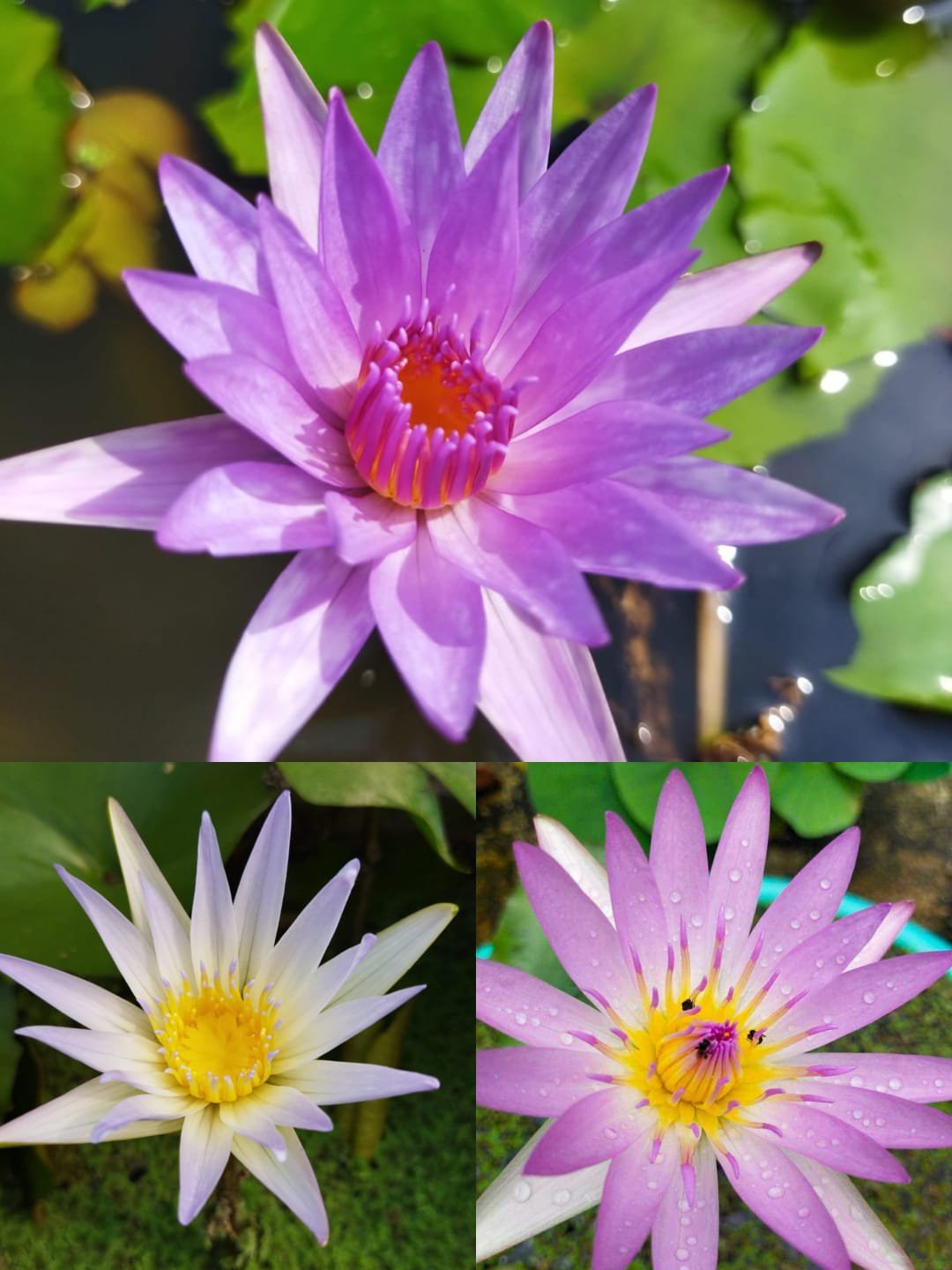
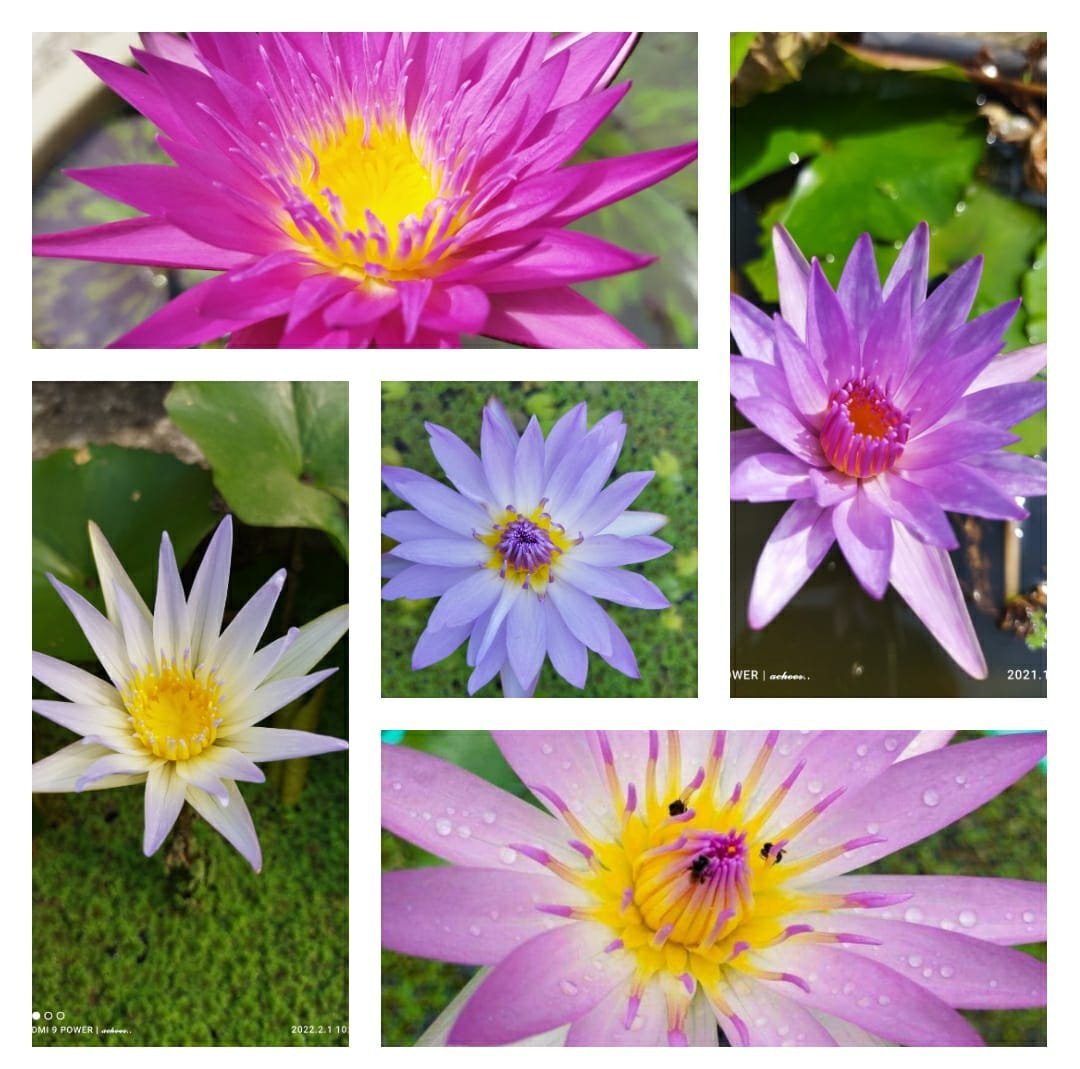
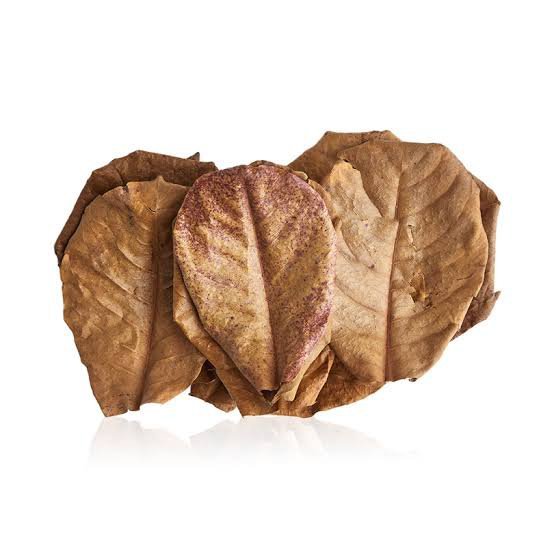

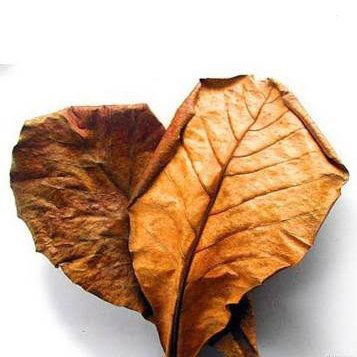

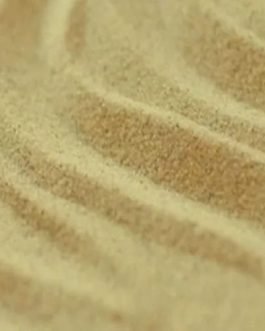


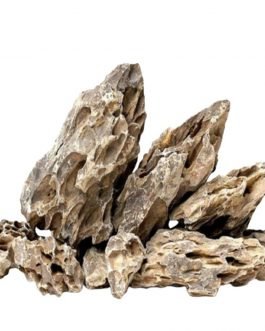
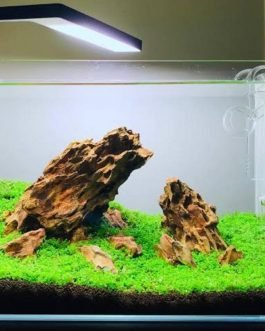
Reviews
There are no reviews yet.